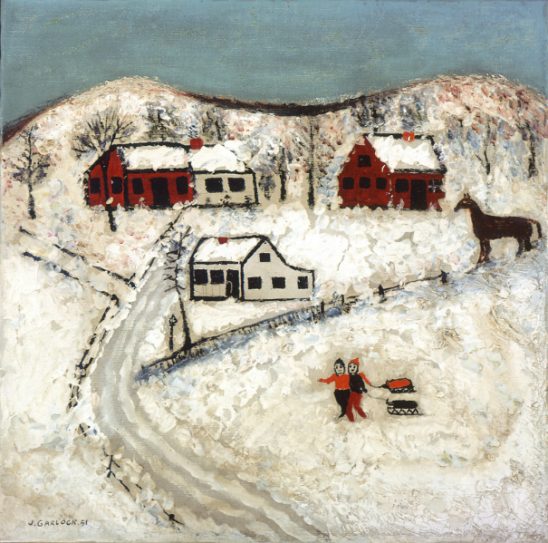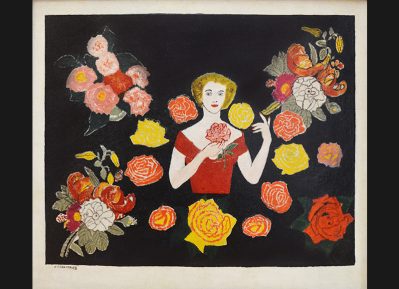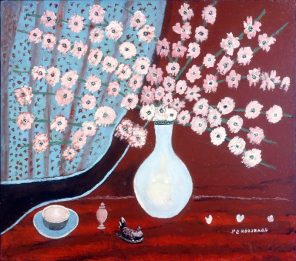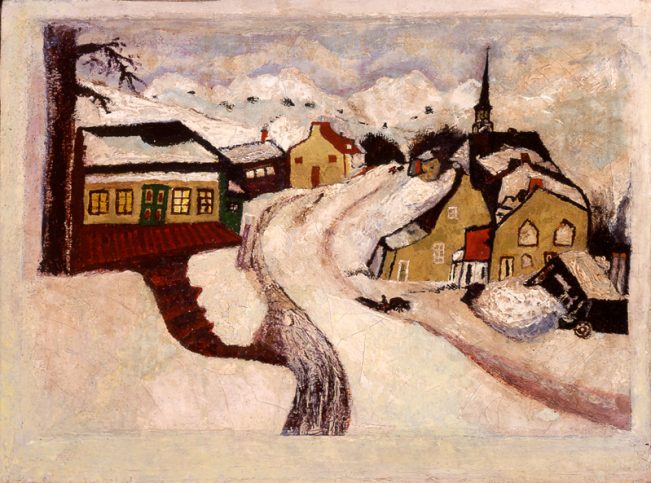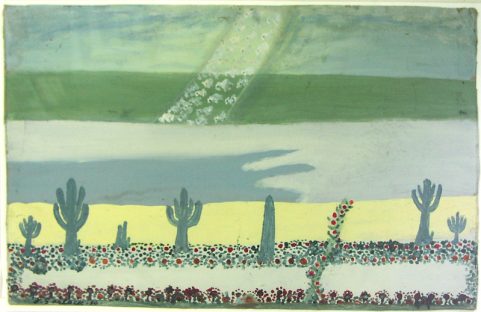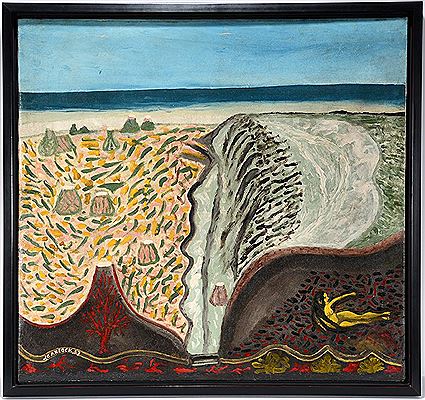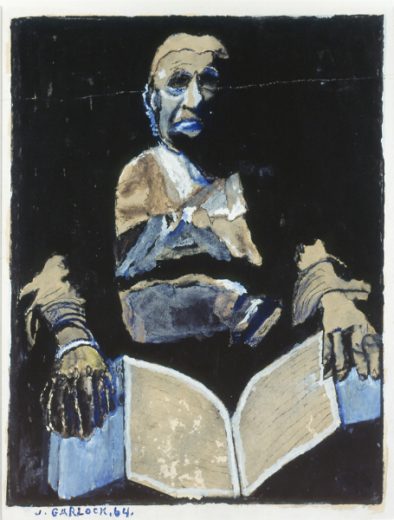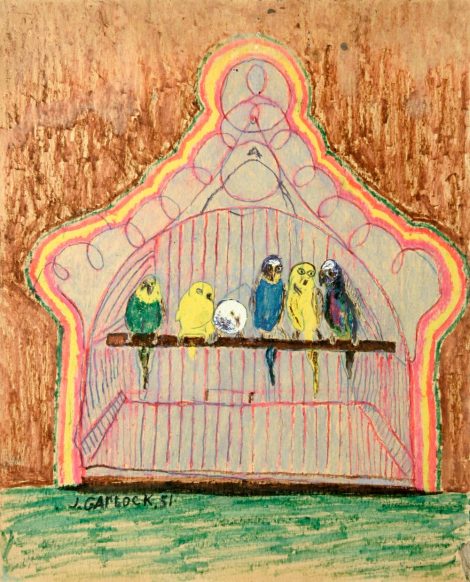Joseph Garlock (Российская империя, США)

Джозеф Гарлок родился в России в 1884 году, иммигрировал в Соединенные Штаты в 1904-ом. Некоторое время он жил в нижней восточной части Нью-Йорка, а затем переехал с семьей в Блумфилд, штат Нью-Джерси. После нескольких случайных вакансий Гарлок и его жена обосновались в Блумфилде, штат Нью-Джерси, как владельцы небольшого магазина фруктов и овощей. В 1948 году он вышел на пенсию, и в шестьдесят четыре года решил изменить свою жизнь.Считая свое искусство не более чем «хобби», Гарлок провел 15 лет, создавая сотни картин и поделок из подручных материалов. Его первая картина была написана на жестяной тарелке и иллюстрировала домик в Вудстоке, Нью-Йорк, принадлежавший его дочери Роуз. Он прекратил рисовать в 1965 году из-за старости и паралича. В 2000 году, через пять лет после смерти Роуз, семья Гарлок обнаружила сотни произведений своего деда, которые она хранила в сарае на даче.
Born in Russia in 1884, Joseph Garlock immigrated to the United States in 1904. He settled in the lower east side of New York and later moved his family to Bloomfield, New Jersey, where Garlock worked as a cobbler, opened a fruit and vegetable market and also operated a single vehicle bus line that ran along Bloomfield Avenue into the center of Newark. Garlock received no formal training in art and did not begin painting and sculpting until his retirement in 1949 at age 65.Referring to his art as his “hobby” Garlock spent 15 years creating hundreds of paintings, wood carvings and assemblages using whatever materials were available, including lumber, box tops, awning fabric, tree branches and tin cans. Oddly, Garlock signed and dated each piece he created. His first painting was done on a tin pie plate and depicted the Woodstock, NY weekend cabin belonging to his daughter Rose. He stopped creating art in 1965 due to old age and palsy. In 2000, five years after Rose’s death, the Garlock family discovered hundreds of pieces of their grandfather’s artwork that she had stored in a woodshed on her country property.Since 2001 the James Cox Gallery at Woodstock has represented Garlock’s work. The artist has garnered regional, national and even international media attention and is now represented by some of the finest folk and outsider art galleries in the United States. The Museum of American Folk Art houses Garlock’s work in its permanent collection. James Cox is presently working on an audiovisual presentation that will be used in future exhibitions. A book on the artist is also in preparation with the major essay written by Lyle Rexer.


